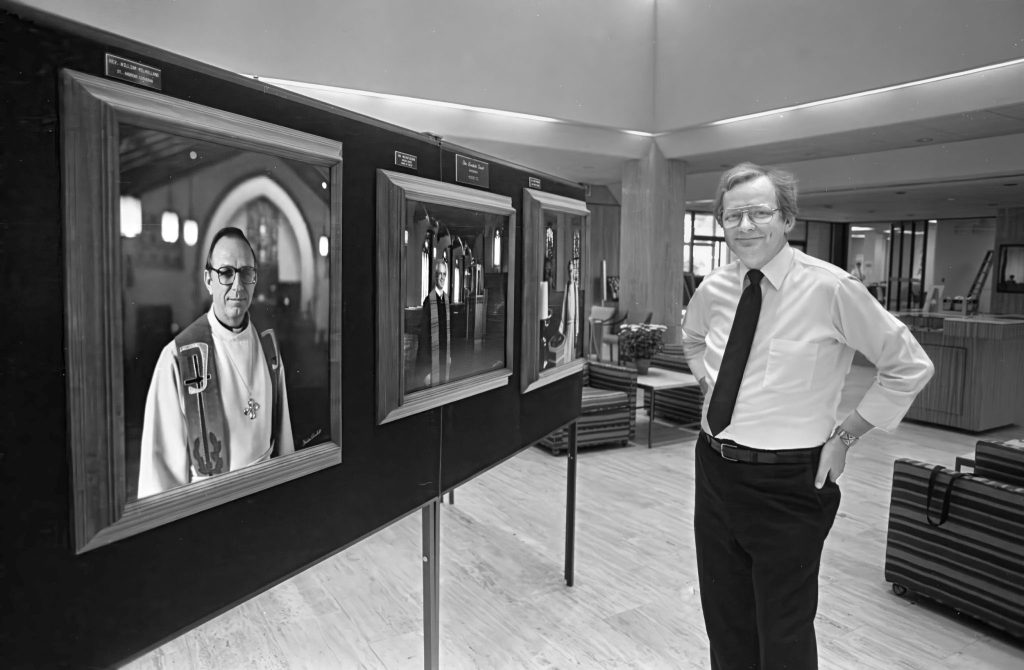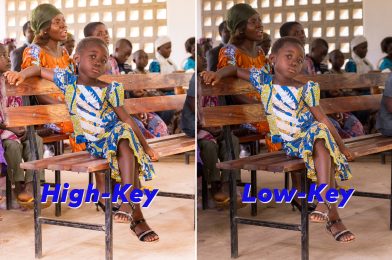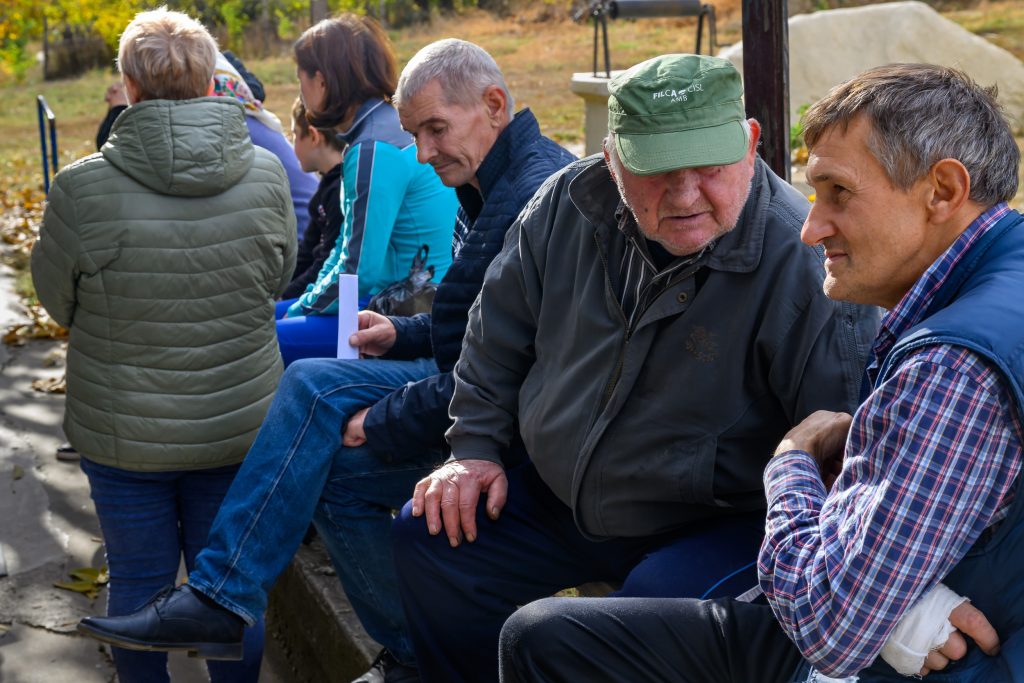Stanley is speaking to the YWAM School of Photography in Kona, Hawaii. Photo by Dennis Fahringer
When asked to speak to a camera club composed mainly of amateurs, many thoughts run through the mind of a professional photographer. These invitations are both an honor and a responsibility. It’s a chance to share knowledge, inspire others, and give back to the photography community. Here’s a peek into the thought process of preparing for such a talk.
Tailoring the Presentation
One of the first steps is understanding the audience. I always start by asking the organizer:
Which topics do you think your camera club is most interested in hearing from me about? Once you pick, I can send you a synopsis.
Some of the topics I suggest include:
- The Power of Storytelling in Photography: This is a central theme in impactful photography and resonates universally.
- Lighting Techniques for Impactful Photography: Mastering lighting is crucial, making this a valuable topic for all photographers.
- Creating Emotional Connections Through Portrait Photography: Improving portrait skills and capturing genuine emotions is always in demand.
- Brand Building Through Visual Storytelling: Essential for those looking to commercialize their photography skills.
- Travel Photography: Capturing Stories from Around the World: An exciting topic that appeals to hobbyists and professionals.
- The Business of Photography: Practical advice for turning a hobby into a business.
- Videography for Photographers: Expanding Your Skills: As videography gains importance, this topic can help photographers broaden their skill set.
- Faith and Photography: Using Your Talents for a Greater Purpose: This is particularly meaningful for those interested in faith-based or nonprofit work.
Knowing the Audience
To deliver a meaningful talk, it’s crucial to understand the club’s dynamics:
- What do the members like to shoot? This helps tailor examples and anecdotes to their interests.
- How often do they shoot? Understanding their commitment level can guide the depth of technical details.
- Is the camera club a social group or focused on growth? This insight shapes the tone and content of the presentation.
Crafting the Message
I strive to avoid talking down to the audience. Instead, I share my experiences and the stories behind my epiphanies. Here are additional considerations for a successful presentation:
- Engage with Stories: Personal stories and real-life examples make the content relatable and memorable.
- Provide Practical Tips: Offer actionable advice that attendees can immediately apply to their photography.
- Encourage Interaction: Foster a dialogue rather than a monologue. Q&A sessions and interactive segments can be highly effective.
- Showcase a Variety of Work: Diverse examples can inspire and appeal to a broader audience.
- Highlight Mistakes and Learnings: Sharing mistakes and lessons learned can encourage and educate amateurs.
Inspiring Improvement
Finally, I aim to inspire and motivate the club members to improve their photography. Here are some tips to achieve this:
- Emphasize Practice: Encourage regular practice and experimentation.
- Advocate for Feedback: Suggest seeking constructive criticism to grow and improve.
- Highlight Learning Resources: Point them to workshops, online courses, and photography books.
- Promote Community: Encourage them to engage with each other, share work, and learn collaboratively.
Conclusion
Speaking to a camera club of amateurs is a rewarding experience that requires thoughtful preparation and a genuine desire to share knowledge. A professional photographer can make a lasting impact by understanding the audience, crafting a tailored message, and inspiring improvement. Whether discussing storytelling, lighting, or the business of photography, the ultimate aim is to ignite passion and foster growth among fellow photographers.






































